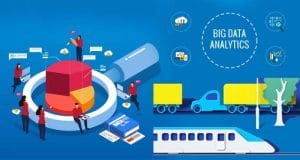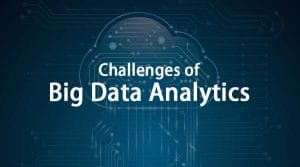As we move into 2025, the Business Intelligence (BI), Data Analytics, and Financial Modelling industries are experiencing rapid evolution. The increasing adoption of AI-driven analytics, the growing need for real-time data processing, and the demand for financial foresight are shaping the way businesses operate. Organizations are prioritizing data-driven strategies to stay competitive, optimize decision-making, and improve financial performance. Here’s a look at the major trends defining the BI, data analytics, and financial modelling landscape in 2025.
1. AI-Driven Analytics and Automation
Artificial Intelligence (AI) continues to revolutionize BI and data analytics by automating complex data processes, identifying patterns, and enhancing predictive insights. Businesses are leveraging AI-powered tools for real-time decision-making, anomaly detection, and customer behavior analysis. Automation is also streamlining financial modelling, reducing manual errors, and improving forecasting accuracy.
2. The Rise of Real-Time and Self-Service BI
Organizations are demanding real-time insights to make faster and more informed decisions. Cloud-based BI solutions and self-service analytics platforms empower non-technical users to analyze data without relying on IT teams. The ability to access and visualize data on demand is transforming how businesses approach strategic planning and performance tracking.
3. Enhanced Data Governance and Privacy Measures
With growing concerns over data security and regulatory compliance, companies are investing heavily in data governance frameworks. Stricter regulations such as GDPR and evolving data privacy laws worldwide are driving organizations to implement robust data protection strategies. Transparency, ethical AI use, and secure data handling are becoming non-negotiable aspects of BI and analytics solutions.
4. Financial Modelling Evolves with Advanced Scenario Planning
Financial modelling is no longer limited to historical data analysis—it now integrates machine learning and advanced scenario planning. Companies are utilizing dynamic financial models to assess multiple business scenarios, conduct stress testing, and predict financial outcomes with greater precision. This shift is helping businesses mitigate risks and improve long-term financial strategies.
5. Cloud and Edge Computing for Scalable Analytics
The adoption of cloud-based BI and data analytics platforms is accelerating, offering scalability, flexibility, and cost efficiency. Edge computing is also gaining traction, enabling faster data processing at the source, reducing latency, and improving real-time analytics. This trend is particularly valuable for industries that rely on immediate data insights, such as finance, retail, and healthcare.
6. Data Storytelling and Visualization Take Center Stage
As data complexity increases, organizations are prioritizing data storytelling to enhance communication and decision-making. Advanced data visualization tools, interactive dashboards, and AI-powered insights are helping businesses translate raw data into compelling narratives that drive action. The ability to present data in an intuitive and engaging manner is becoming a critical skill for BI and analytics professionals.
7. The Integration of BI with Financial Planning and Analysis (FP&A)
BI tools are becoming essential for financial planning and analysis, bridging the gap between operational data and financial decision-making. Organizations are integrating BI with FP&A to gain deeper financial insights, automate budgeting processes, and align business strategies with real-time financial performance indicators.
8. The Demand for BI and Financial Modelling Training Grows
As businesses increasingly rely on data-driven decision-making, the demand for skilled BI analysts, data scientists, and financial modelling professionals is surging. Companies are investing in training programs to upskill employees, while professionals are seeking certifications in tools like Power BI, Tableau, and Excel-based financial modelling to stay competitive in the job market.
The BI, data analytics, and financial modelling industries are undergoing transformative changes in 2025. AI-driven automation, real-time insights, data governance, and enhanced financial modelling techniques are shaping the future of data-driven decision-making. Organizations that embrace these innovations and prioritize data literacy will be better positioned for success in an increasingly complex business landscape.
Stay ahead of these trends by investing in the right tools, strategies, and training programs to drive growth and efficiency in 2025 and beyond.







